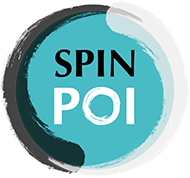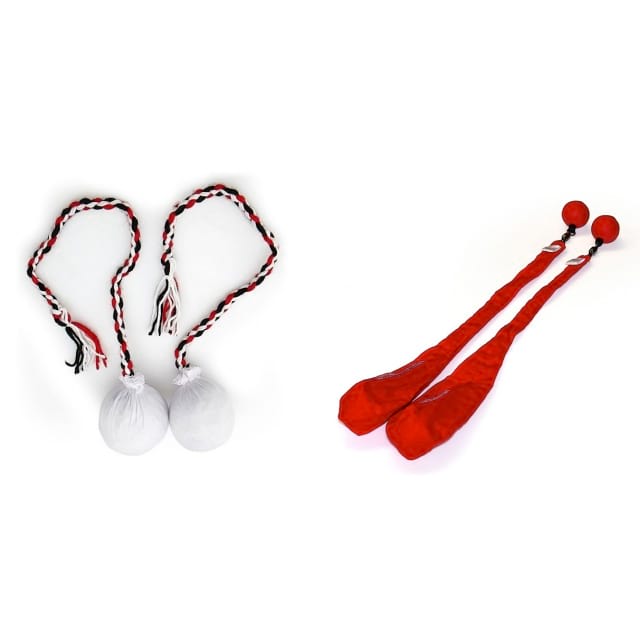Planning the poi trial.
In between investigating the cultural roots and implications of poi spinning (read: embarrassing myself at various Māori events and in front of various Māori people), I am also planning a poi trial to investigate the effects of poi on physical and cognitive ability (read: embarrassing myself in front of scientists). If you’re dying to know the nitty gritty, my full research methodologies paper and literature review are yours for the reading. If not, here’s a summary (if you’re not interested in academic writing, I highly suggest you skip to any other post in this blog! You have been warned)…
Introduction
It is projected that the worldwide population ages 65 and over will increase to 2.5 times that of the population ages 0-4 by 2050 (Haub, 2015). This is an exact reversal of the demographics in 1950 and a phenomenon which will not be reversed in the foreseeable future. The purpose of this dissertation is to determine if poi has an effect on physical and cognitive function in healthy older adults. I believe has the potential to do so for a number of reasons:
- Poi is a physical activity that draws upon the key components of fitness and is highly customizable. Physically active lifestyles have been proven to reduce risk factors and improve functioning and quality of life in the elderly (Daley, 2000).
- Poi is intrinsically playful, and play is proven to have a vital role in keeping the mind and body young by presenting novel situations which foster cognitive innovation, adaptability, and flexibility; which in turn improves reflexes, memory, processing speeds, etc. (Brown, 2009).
- Poi spinning is rhythmic, and active music therapy has a multitude of physical, mental, and emotional benefits (Drake, 2010). The rhythmic nature of poi can potentially tap into the same benefits as rhythmic, active, music therapy such as drumming.
- Activities such as juggling (Boyke, 2008) and Tai Chi (“The Health Benefits”, 2008), which share many characteristics with poi (e.g. ambidexterity, rhythm, and meditative movement) are proven to have a positive effect on maintaining both physical and cognitive ability in older adults.
Poi styles: Māori and international
I believe there are two overarching poi styles in existence, Māori poi style and international poi style (you can read more about what I believe defines these two styles here). In order to practice Māori poi, one must understand many larger Māori concepts (such as te mauri and whanaungatanga (Huata, 2000, pg52-57)) along with understanding and being able to execute the poi actions, steps, and chanting. While I would love to conduct a trial involving Māori poi in the future, International poi is a better fit for the current trial for the following reasons:
- As this is the first scientific trial on poi, I am interested in isolating the fundamental act of spinning a weight on the end of a flexible cord, in order to see if this act alone has an effect on physical and cognitive health in older adults. In Māori poi style, practicing this act in isolation separates the poi from its cultural context, making it essentially meaningless as Māori poi and Māori culture are one. In International poi style, practicing this act in isolation does not violate the fundamental principle of poi.
- The time allotted for this study is not sufficient to allow the trial participants to master all of the cultural elements necessary to practice Māori poi.
- International poi can more easily accommodate those with lower body limitations, as stepping is not part of International poi practice.
- Māori short poi style requires quicker and more explosive wrist movements, along with hitting the poi on the body. Māori long poi style is slower but the length of the poi may be more challenging to wield. I believe the medium length and medium pace of International poi may be more suitable for an elderly population.
- My own expertise lies in International poi, and since I will be teaching poi during the trial, it makes the most sense to teach this style.
Design
The poi trial will be assesor-blind, with one treatment group (poi) and one control group (Tai Chi). Participants will attend 2 treatment sessions a week for 4 weeks, beginning in February of 2016, held at the University of Auckland Tamaki campus. Sessions will be 40 minutes long, and will be broken down into 30 minutes of doing the activity (either spinning poi or practicing Tai Chi), and 10 minutes for participants to cool down, ask questions, or continue to explore the activity on their own. Sessions will be led by one instructor, and there will be 6 – 12 participants in each session.
Participants’ balance, bimanual coordination, blood pressure, cognitive flexibility, complex attention, heart rate, manual dexterity, psychomotor speed, psychological well-being, upper limb range of motion, grip strength, upper limb strength, lower body strength, reaction time, and working memory will be measured a total of 4 times. An initial pre-test will be done one month before the trial begins. There will be a second pre-test shortly before treatment begins, and a post-test shortly after the treatment ends. A second post-test will be conducted one month after the trial has ended.
Participants
The population participating in this study will be healthy older adults, with a sample size of 50-80 participants. Participants will be sampled using the Research Volunteer Register at the Centre for Brain Research. A participant will be considered “healthy” if they self report having no neurological disorders during their registration process. A participant will be considered an “older adult” if they are 65 years of age or older. There will be no other exclusion criteria. Other recruitment methods, such as providing information to Probus, Lions, Rotary Clubs, as well as U3A, may be considered. Baseline measures will be age, gender, previous experience spinning poi or doing tai chi, and ethnicity. Any data collected from participants will be kept anonymous.
For more information on the trial, feel free to read my full research methodologies paper.
Boyke J., Driemeyer J., Gaser C., Büchel C., & May A. (2008). Training-induced Brain Structure Changes in the Elderly. J. Neurosci. 28, 7031-7035. 10.1523/JNEUROSCI.0742-08.2008
Brown, S. (2009). Play: How It Shapes the Brain, Opens the Imagination, and Invigorates the Soul. New York, NY: Penguin Group.
Daley, M. & Spinks, W. (2000). Exercise, Mobility and Ageing. Sports Medicine. 29: 1-12.
Drake, M. (2010). The Therapeutic Effects of Drumming. Retrieved from: http://shamanicdrumming.com/drumtherapy.html
Huata, N. (2000). The Rhythm and Life of Poi. New Zealand: Harper Colllins Publishers.
Haub, C. (2015). World Population Aging: Clocks Illustrate Growth in Population Under Age 5 and Over Age 65. Population Reference Bureau.
“The Health Benefits of Tai Chi.” Harvard Medical School. May 2009. 21 October 2014. http://www.health.harvard.edu/newsletters/Harvard_Womens_Health_Watch/2009/May/The-health-benefits-of-tai-chi.

